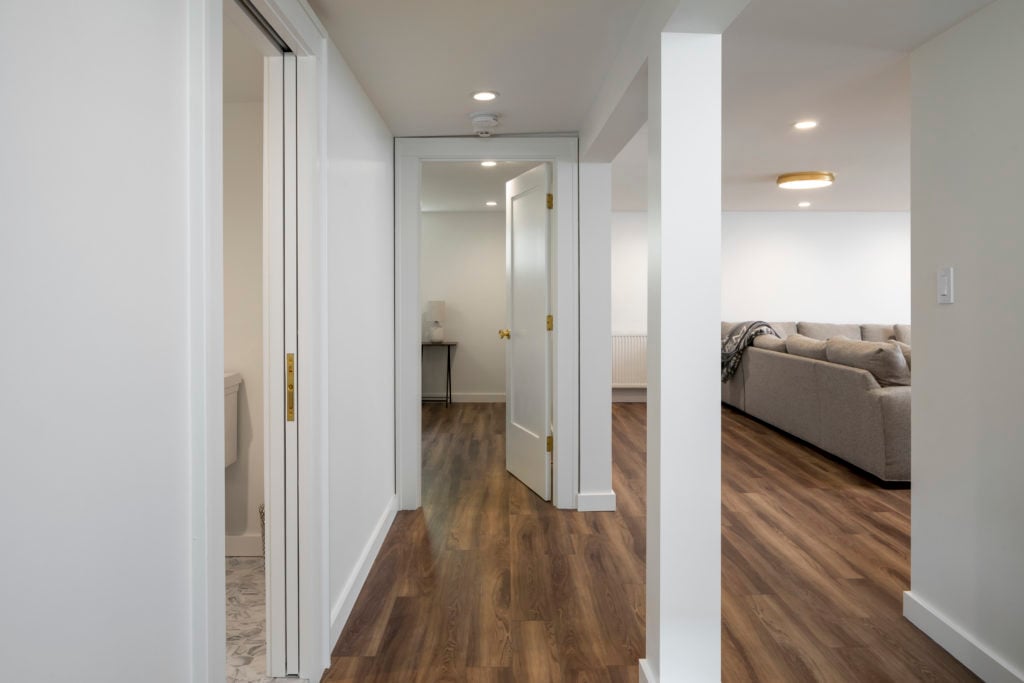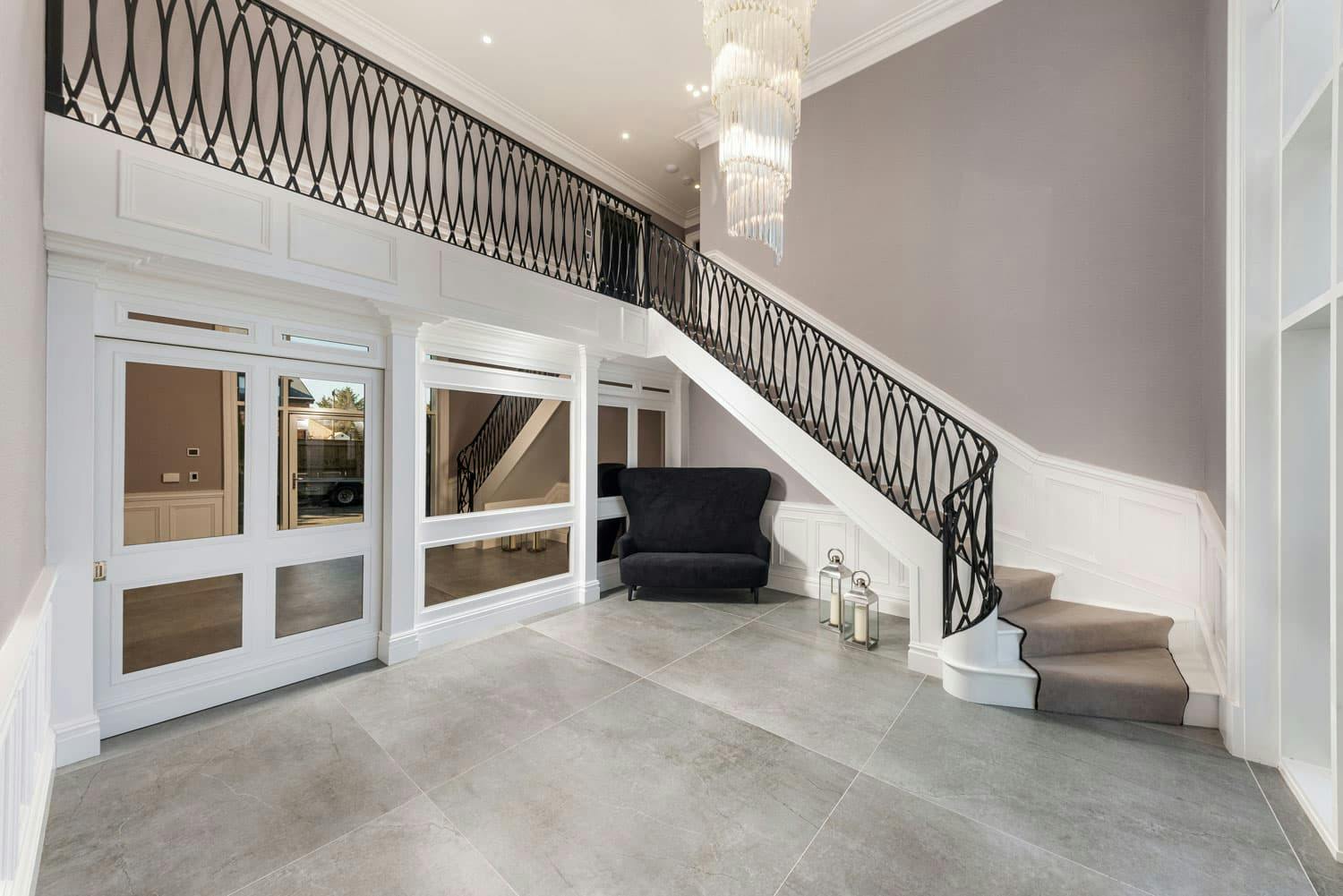Queen Anne Style Blanket Chest
The Queen Anne style of furniture and blanket chests emerged in England during the reign Queen Anne (1702-1714). Furniture and blanket chests in this style show absolute preference for simplicity. The beauty of line was extremely more important to the wood artisan than was heavy ornamentation. This was in marked contrast to the fashionable furniture that had been created since the Restoration in Europe. Styles such as the Baroque style and the Louis XIV style were too lavish in embellishment and carved design elements.
The Queen Anne style furniture and blanket chests offered simpler pieces which were curvilinear in style with the cabriole leg as the support for most furniture types. This leg made for an elegant line, the S-curve, which is the most important feature of this style. Along with the cabriole leg, the other important elements of this style that derived from the S-curve are the scrolled pediment, scalloped apron, vase-shaped splats and the curved chair back. This elongated S-shaped curve was called “The Line of Beauty” by William Hogarth, a British engraver and satirist.
Many of the Queen Anne furniture pieces were made without stretchers which disrupted the flow of the curves. This was possible since the cabriole legs were cut from one piece of square timber which allowed wood artisans to cut strong, unmovable joints. This style was usually made with all-over veneers, mostly of Walnut, which has beautiful figuring in the wood grain. The only decorative features retained from earlier styles were the cross and feather banding which defined the boundaries of the drawer and door panels and the restricted use of carving detail, especially on blanket chests. When used, small amounts of carving decorated the knees of chair legs, the cornices for bookcases and cabinets, the sides of card tables and the backing of chairs and day beds.These decorative features included forms of scallop shells, lion’s masks, cartouches, husk ornaments and scrolls.
Since the Queen Anne style furniture and blanket chests had so little in the way of wood embellishments, this gave rise to the use of textiles for decoration. The huge demand for upholstered furniture spurred the production of high standard embroidery of exquisite detail, in both home and factory. These furniture textiles combined Indian and Chinese motifs and ingenious flora and fauna designs made from wool and fine silk. Extra special designs employed the use of silver and gold threads. Blanket chests were given large cushions to create a seating area.
The lack of highly decorative styling in the Queen Anne furniture and blanket chests form also induced the use of many different foot types and cornice styles. Tallboys, toilet mirrors, desks, blanket chests and other heavy pieces used ball, splay, ogee, bracket and paneled bracket feet. Blanket chests of later design were mainly given ogee, bracket or ball feet. Chairs, tripod tables, day beds and card tables used pad, claw and ball, scroll and paw feet. Bookcases and cabinets went through three different cornice phases. The first was a smooth, graceful form, the second had a roman influence and the third was known as the swan neck.
The most distinctive Queen Anne piece was the hooped-backed chair. This new chair,also known as a bended-back, was a very comfortable seat. It featured a solid splat-back which curved to fit the occupants spine and the elegant cabriole legs. Carving was used sparingly. A scallop shell was sometimes added to the seat rail and other designs were added to the knees of the chair legs. The chair arms differed also with the termination being scrolling, shepherd’s crook, lion’s head or eagle’s head designs.
With the curvilinear S-curve as the base in the many design elements, this style reached great sophistication in America. The Queen Anne style furniture and blanket chests crafted, then and now, are unique and dynamic in design.



